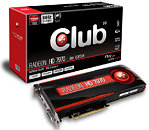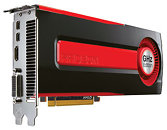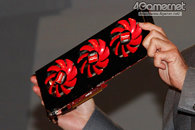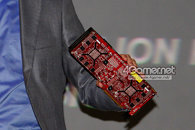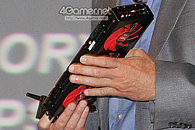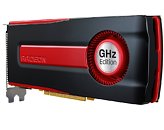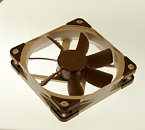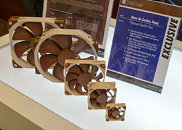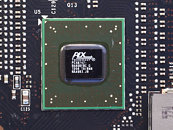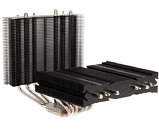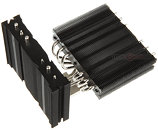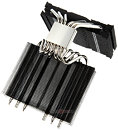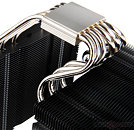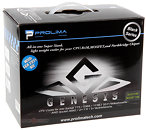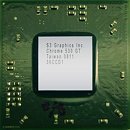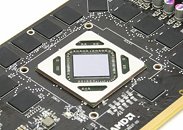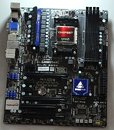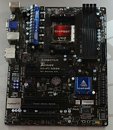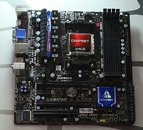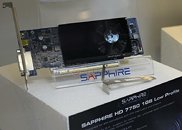
AMD Introduces New Low-Power AMD Embedded G-Series APU, Extending Platform to 2017
AMD today introduced the latest entry to the AMD Embedded G-Series processor family with the AMD Embedded G-T16R Accelerated Processing Unit (APU). The AMD G-T16R is targeted at very low power, small form factor and cost-sensitive embedded designs that require a combination of x86 compatibility and graphics. The optimized design of the AMD Embedded G-T16R sips power, with power consumption of just 2.3 wattsiv on average or 4.5 watts thermal design power (TDP).
Embedded product designers are taking to the industry's green challenge to design a broad range of next-generation applications for the industrial control, point-of-sale, medical appliance and transportation markets. For example, industrial customers can use the APU to help create greener factories based on more power-efficient factory hardware. Additionally, embedded designers can develop applications like point-of-sale order entry stations and tablets, medical bedside terminals and even solar-powered traffic control devices using the AMD G-T16R.
Embedded product designers are taking to the industry's green challenge to design a broad range of next-generation applications for the industrial control, point-of-sale, medical appliance and transportation markets. For example, industrial customers can use the APU to help create greener factories based on more power-efficient factory hardware. Additionally, embedded designers can develop applications like point-of-sale order entry stations and tablets, medical bedside terminals and even solar-powered traffic control devices using the AMD G-T16R.

